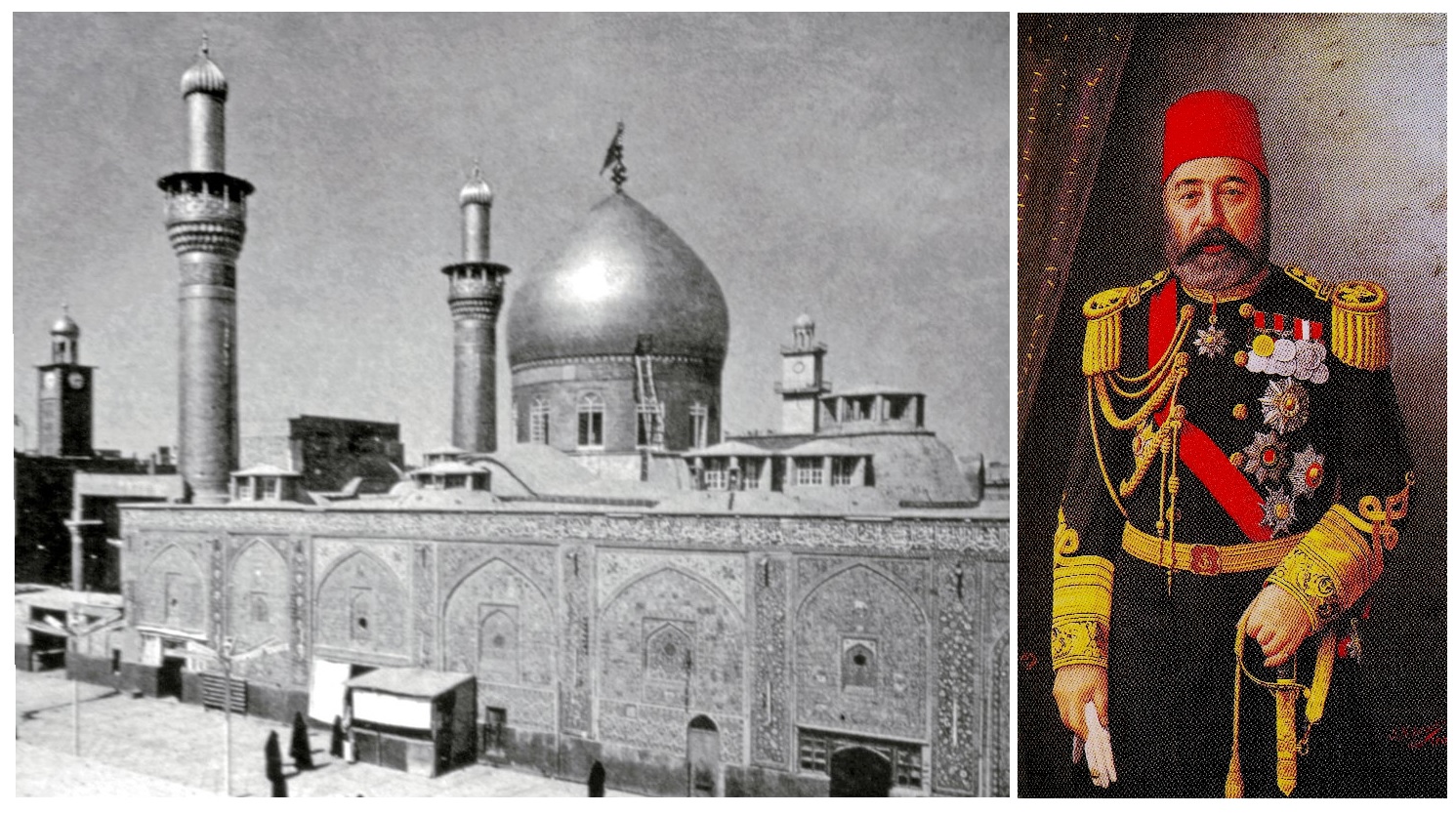Hasan Pasha, the Ottoman leader who assumed the mandate of Baghdad in 1704 AD, has proved that he was one of the most efficient governors who took over its administration since the second Ottoman conquest on 1638 AD until the beginning of the eighteenth century.
This governor nailed this status due to the administrative qualities and political acumen that he enjoyed, which was not reflected on the clear improvement in the mandate's conditions only, but rather exceeded to all Sanjaks "Towns" and their areas.
This improvement extended to all state facilities, which prompted him to undertake numerous urban reforms and to launch several military campaigns during which he included Basra Province and the northern regions to the authority of his state. Hasan Pasha succeeded, with painstaking efforts, in laying the foundations for establishing stable central rule after defeating tribal movements, eliminating the chaos of the Janissaries, and securing trade routes.
The governor of Baghdad showed a special interest in the holy shrines, especially in the city of Karbala. In 1705 AD, he inaugurated his reign in the state of Baghdad with a journey to this hoy city, through which he wanted to be a starting point for the restoration of the rest of the cities that were outside his control.
The famous Iraqi writer and linguist "Abd al-Rahman bin Abdullah al-Suwaidi" described Hassan Pasha’s visit to the city of Karbala, as "In the Islamic month of Shawwal of this year 1115 Hijri, the governor headed to Karbala to visit the master of martyrs, Abi Abdullah Al-Hussein and his brother Al-Abbas, then he ordered the local Wali to clean the Husseiniya Channel, and to restore Khan Al-Hammad castle, which is located between Karbala and Najaf road, 20 km from the Karbala center, and was the third of its kind that was built between the two holy cities."
Source:
Mawsueat Karbala Al-Hadharia, publication of Karbala Center for Studies and Research.
[Vol. 2, p. 89-91].

